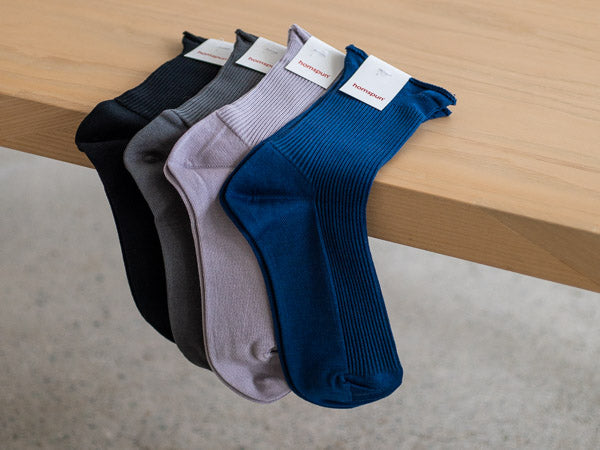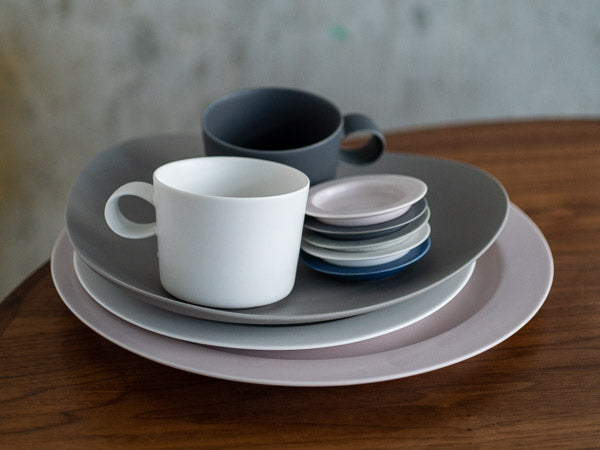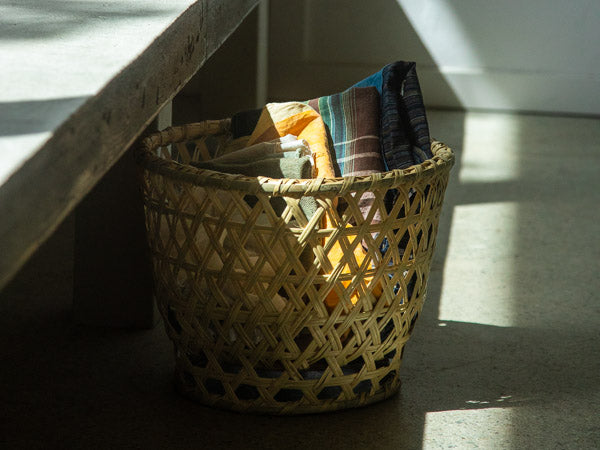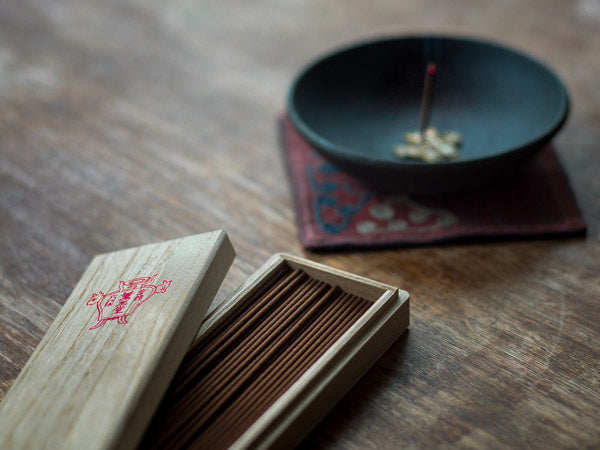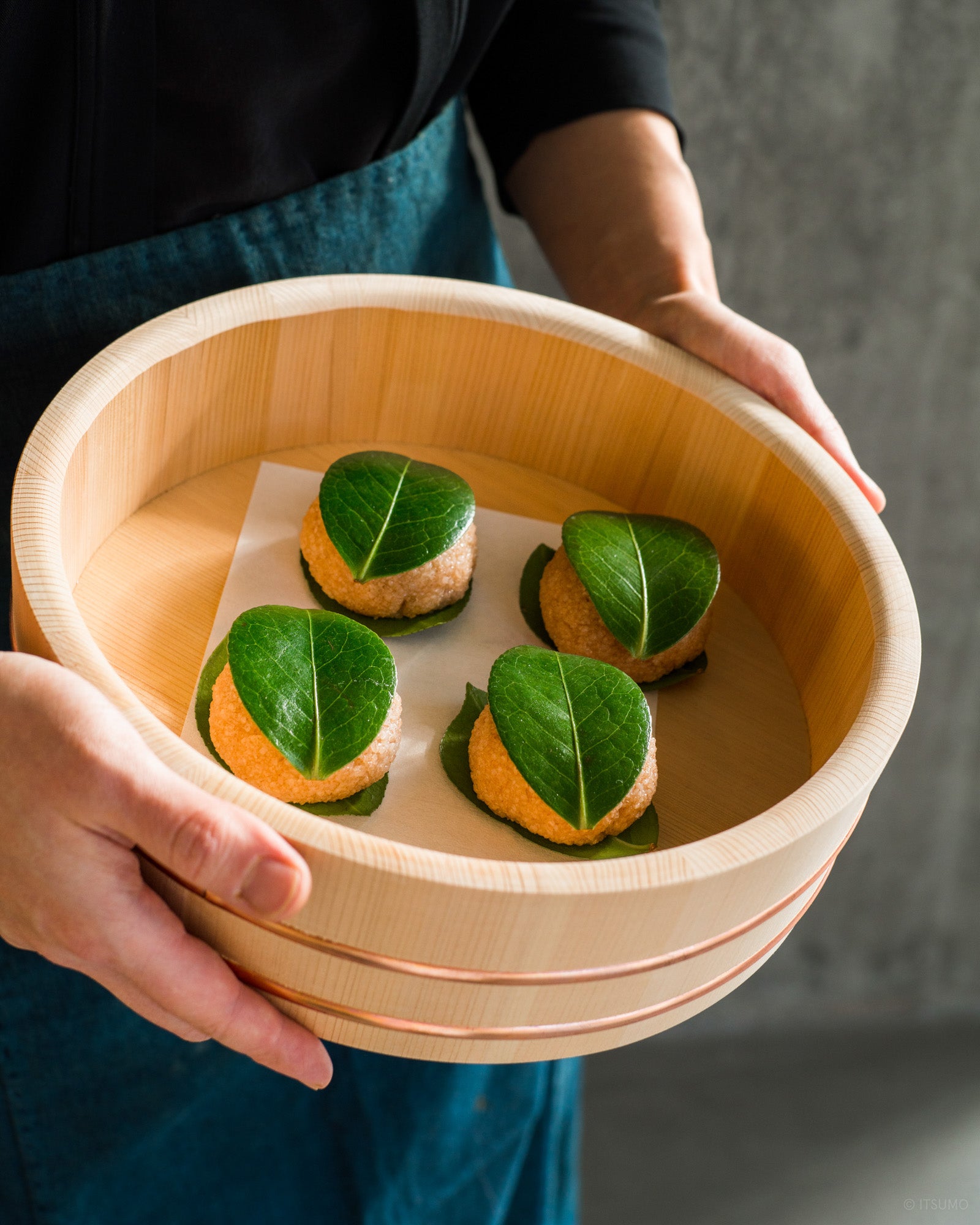February 3 – 節分 Setsubun

Welcome to the first of a series of posts made in collaboration with Kintoki sweets and ITSUMO Life exploring Japanese culture and seasonal observations.
Our first post starts with 節分 setsubun which is Feb. 3 in 2022 (which is ironically the day BEFORE the start of the Solar Calendar).
It was thought that Setsubun was a day when the boundaries between our world and the spirit world were blurred and special measures were taken to prevent any evil spirits bringing bad luck into a household before the new year.


Called 豆撒 mamé-maki or bean tossing, toasted soybeans were tossed in the general direction of the evil spirits (or a poor adult donning a oni-demon mask for the children to aim at). A chant of “鬼は外! 福は内!” Demons OUT! Good Luck IN! is said to dispel the bad spirits hiding in the house and ushering in good luck to come in.
Why beans? Japan loves homonym puns and the pronunciation for bean 豆 “mamé” can be achieved using the characters 魔滅 which translates to “exterminate evil”.
Scenes of mamé-maki are almost always depicted with a small wooden square box. Part of the Classical Japanese 尺貫法 “sha-kan-hou” measuring system for volume, 合 (gou box)、桝 (masu box), 斗 (tō box). Mostly phased out since the metric system was adopted, residual references to this system can still be spotted, even now a volume of rice is still referred in gou box units and the Kiri-wood rice storage box available in the shop even has its own little measuring gou box.
I hope this series continues to bring small pieces of Japanese culture into your lives and we hope to share more as we explore more together through the year.
Until our next exploration,
ITSUMO & Kintoki Sweets

